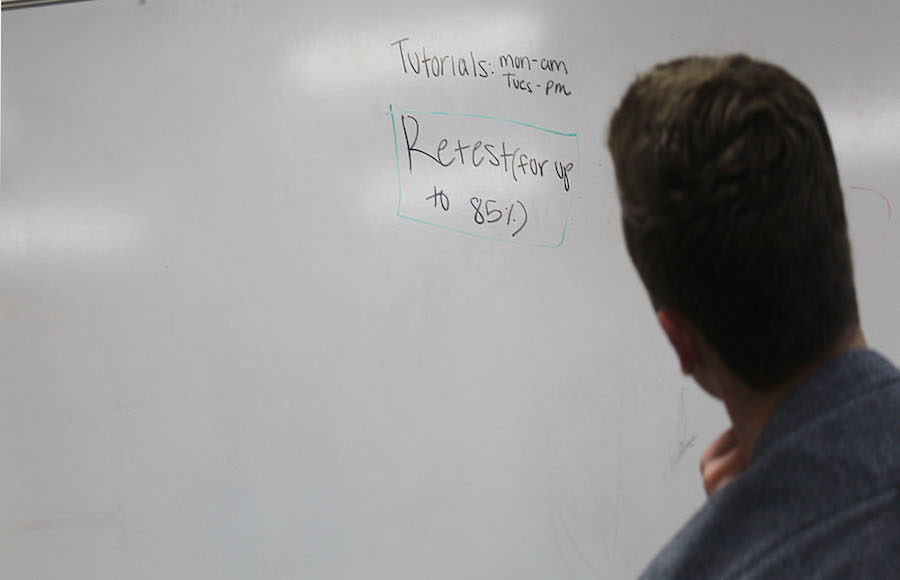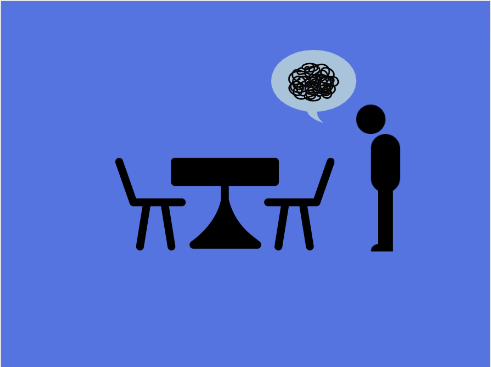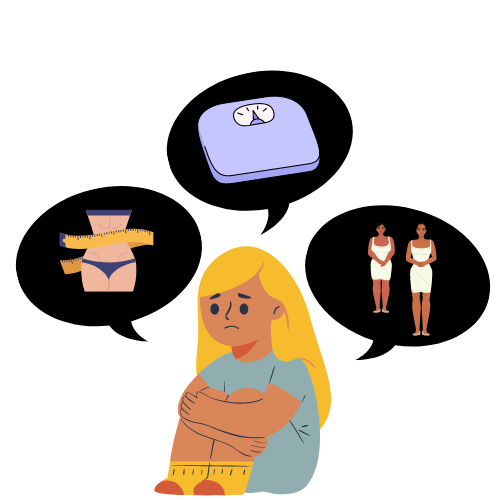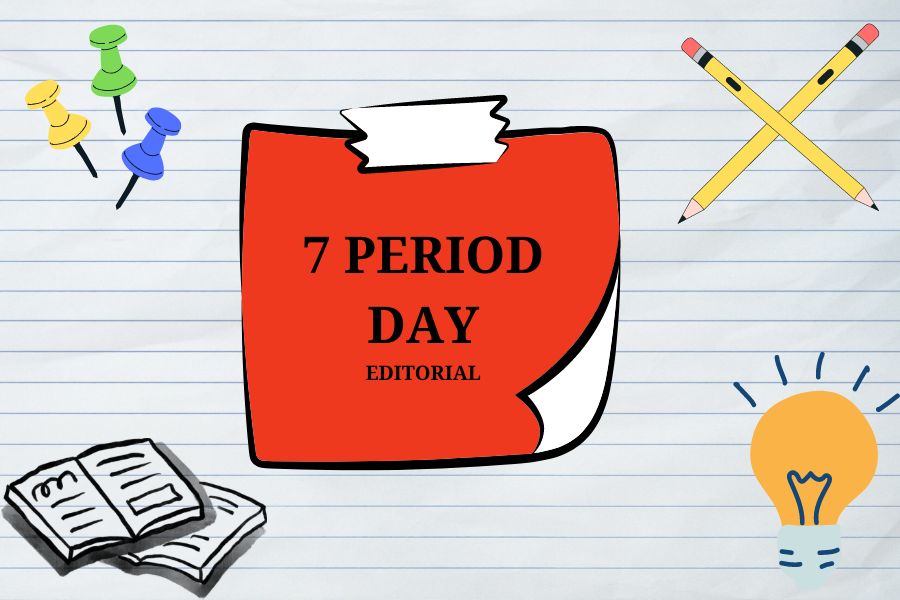“It’s OK. Worst case scenario, I can always retest for up to 85.”
If you’ve been in a classroom or walked through the halls of the high school, the chances that you are familiar with this quote are very likely.
Unfortunately, this apathetic attitude has become prominent at our school. It has become common practice for students to take advantage of our school’s overly-forgiving retest policy. In a competitive community in which hundredths of a GPA point or the miniscule disparity of a class rank can have serious implications on one’s future, it is essential that a fair system is in place to ensure fair competition.
According to page 79 of the Student Handbook, the school’s current retest policy is as follows:
“In general, any student who scores below 85 percent on a test may retake that test. Students and teachers are responsible for arranging a retest within five days of the student receiving their test grade to show their mastery of the tested concepts. They must attend a mandatory tutorial session(s) and complete correctives prior to retesting as prescribed by the instructor. The maximum retest score allowed is 85 percent.”
In other words, a student who scores below an 85 percent on a test has the opportunity to retest for up to 85 percent if he or she completes a subjective criterion of correctives and tutorials. This is where the first issue comes into play with the current retest policy: it is too soft.
In a school where most classes are considered either Pre-AP or AP, a grade of 85 percent probably is not anything to scoff at for most people depending on their personal standards. As a result, students develop a misconception that the retest policy serves as a friendly safety net when in reality, the retest policy is an obstacle that prevents them from maximizing their full potential on tests. If students know that they can always retest for up to 85 percent, there is a lack of incentive for them to prepare for tests the first time around because they are satisfied with the prospect of an 85 percent on subsequent retest attempts.
Over the course of my 10 years in the district, I have learned that teachers, students, and administrators are always comparing our district to other highly-regarded districts in our area. We like to compare our school’s academic rankings and statistics with other schools and see them as a source of pride.
However, when you look at the retest policies at other districts, their policies on retesting are much more strict in regards to a maximum retest score. For example, McKinney ISD allows its students to retest for up to 80 percent but only offers one opportunity to achieve that maximum retest score, whereas, at Lovejoy, a student can retest as many times as he or she so desires at the teacher’s discretion. Allen ISD uses a formula to calculate maximum retest scores within a two-day span, whereas at Lovejoy, retesting can be completed over a five-day window, which provides students with a significant amount of time to give themselves an advantage that other students do not possess. Some districts do not even provide students with the opportunity to retest.
Although the district believes that, in theory, this policy ensures that students reach a mastery understanding of the subject matter, it actually discourages proactive study habits and diminishes the significance of exams.
The district emphasizes the importance of tests, as they changed the 50/50 major/minor grade weight to 70/30 in order to make it more like college where tests are worth substantially more significant than minor grades. However, the retest policy undermines this effort by cultivating a mindset that test grades are variable and can be taken lightly.
Regardless of what your stance is about the retest policies at other districts, there is no denying that the district’s grading system does not promote successful real-world habits. In college, retests are not offered.
So how can our district make changes for the better? Lowering the maximum score of 85 is the obvious place to start.

















